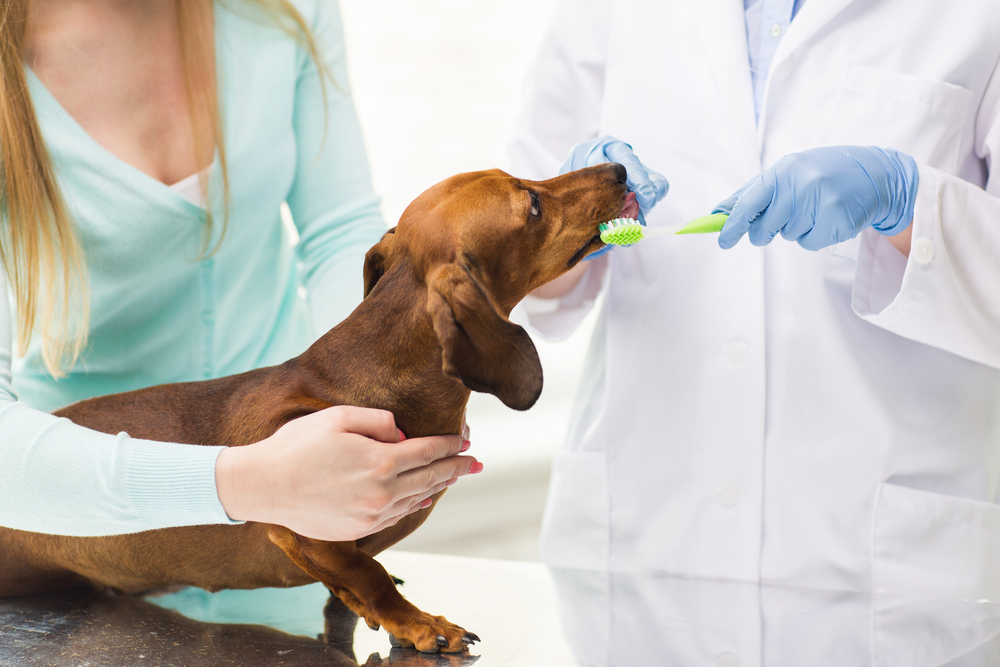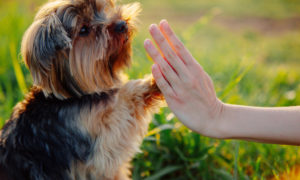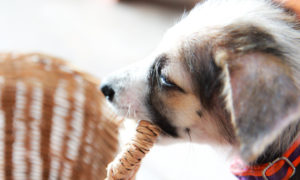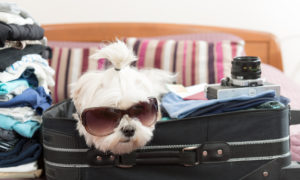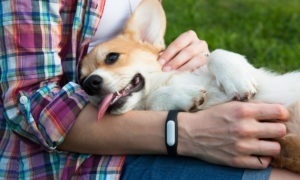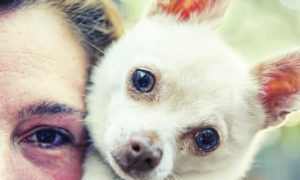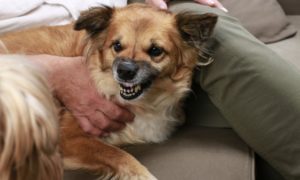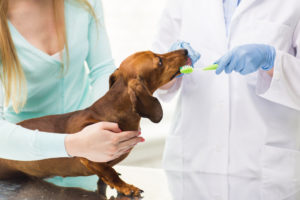 Proper dental care is considered to be one of the most ignored areas of medical care for pets. As we increase our know-how and understanding when it comes to animal health, we realize that oral hygiene does not only make our pooch’s breath smell better – but that it is, in fact, compulsory for our dog’s long term quality of life.
Proper dental care is considered to be one of the most ignored areas of medical care for pets. As we increase our know-how and understanding when it comes to animal health, we realize that oral hygiene does not only make our pooch’s breath smell better – but that it is, in fact, compulsory for our dog’s long term quality of life.
How to Care for Your Little Friend’s Pearly Whites
Plaque refers to the bacteria mixed with saliva and blood cells which leads to tooth and gum disease, tarter (on the other hand) occurs when the plaque hardens then firmly sticks to the dog’s tooth which slowly wears down the tissue around the affected tooth. In order to keep your pooch’s teeth from these nasty things, you will have to brush their tooth properly on a regular basis.
- Get the kit. To start, you’d have to buy a toothpaste and toothbrush especially designed for dogs. If your small pet doesn’t accept a toothbrush, then you may opt for dental wipes, gauze, or rubber finger brush as an alternative.
- Acclimatize your pooch. The best time to brush your little furry friend’s teeth is when he is calm, relaxed, and sleepy such as after a walk. If you have never brushed his teeth before, let him become accustomed to the toothpaste and toothbrush in the outset. You can do this by placing a dab of toothpaste on your finger and letting him lick it off. Next, gently touch the toothpaste to her teeth (without brushing) as you hold his muzzle in the other hand. Talk quietly and reassuringly as you lightly trace the toothbrush to different teeth. You want to make sure that your pooch does not associate the experience with any unpleasant feelings.
- Brush gently and gradually. Place a dab of doggie toothpaste on the toothbrush then angle the brush about 45 degrees from his front teeth and canine tooth. Brush tenderly in a circular motion. The first time you brush, just limit it to your pooch’s front teeth only. Gradually after several days, build up to brushing more of your toy dog’s teeth; moving slowly to the back of his teeth. Should any tarter starts flaking off, remove it before your pet can swallow.
- Watch out for bleeding. A little bleeding is generally acceptable but if your little friend’s teeth bleed profusely then you are either brushing his teeth too hard or he is actually developing some sort of oral disease like gingivitis. Stop brushing and make an appointment with your vet.
- Count on professional care. If you notice any signs of dental problem, call and schedule a consultation with your vet. If your pooch has tarter on this teeth and you suspect that he is showing signs of oral disease, your dog may require professional cleaning in the vet’s clinic. Dental x-rays may have to be performed as well as scaling and polishing while your pet is monitored under anesthesia.
Bear in mind that poor dental hygiene will not only affect our pet’s oral health, but it can also extend to his vital organs. Unfortunately, dental diseases may affect our pooch’s whole body which can happen when the bacteria from inflamed oral areas enter the bloodstream and have an effect on his major organs like heart, liver, kidneys, and lungs. As we all know, prevention is key, and the most essential thing that you can do as a dog owner is to brush your pet’s teeth. If started at an early age, this bonding time can be fun for all so start introducing the habit of brushing as soon as your pet’s adult teeth are in (which is about five months of age).

